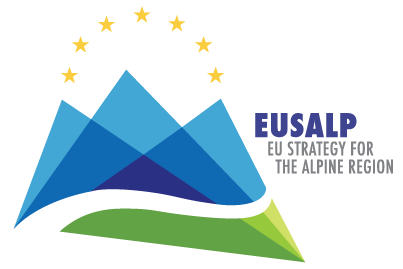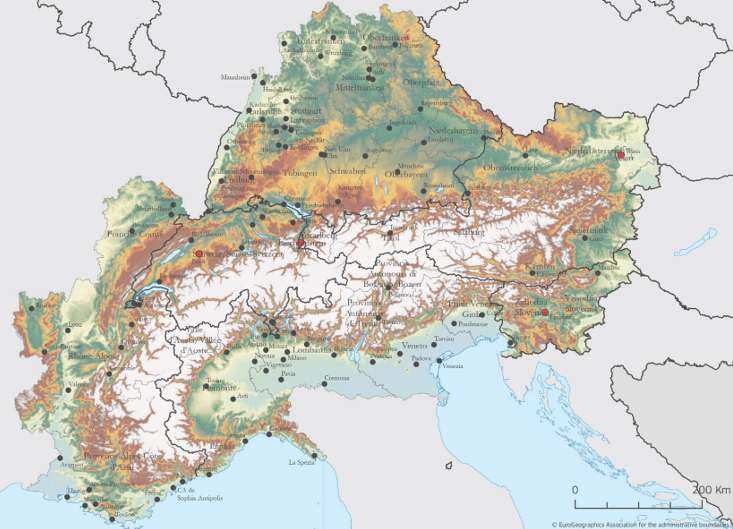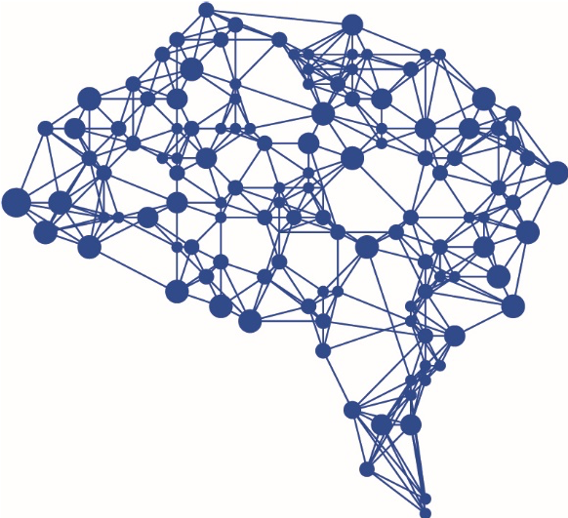EUSALP

The EU Strategy for the Alpine Region (EUSALP) is the fourth macro-regional strategy. The Strategy aims to promote sustainable economic and social prosperity of the Alpine Region and it will affect around 80 million people living in 48 regions in 7 countries.

The basis of the Strategy’s governance has three inter-related levels: political leadership and ownership; coordination; and implementation. At each level, different actors from the participating States and Regions take part in a General Assembly, an Executive Board and implementing bodies. The core of the implementation level is the 9 Action Groups.
Ge.S.Di.Mont – UNIMONT Research Center – collaborates with the Lombardy Region for the management of the Action 1 Group – Research & Innovation (AG1). Action Group 1 currently consists of 22 members from 6 states of the Alpine Region.

Action Group 1 has the following objectives:
- Map institutions and bodies, networks, funding programs and policies related to Research and Innovation
- Strengthen the networking between those working in the field of Research and Innovation
- Facilitate the harmonization of funding programs and sector-related regulations at EUSALP level
- Support sustainable economic growth for the Alpine area, in line with the Research and Innovation strategies of the Smart Specialization Strategy (S3)
For more information: VISIT THE WEBSITE
The Strategy is build upon three interdependent thematic objectives that focus on economic growth and innovation; mobility and connectivity; environment and energy and a cross-cutting objective aiming to build a macro-regional governance model. To support these objectives, the EUSALP Strategy focuses on nine actions priorities.

OBJECTIVE: “Fair access to job opportunities, building on the high competitiveness of the Region”
Three Action Groups operate within this Thematic Policy Area:
- ACTION GROUP 1: to develop an effective research and innovation ecosystem
Region: Lombardia
Leader: Anna Giorgi
- ACTION GROUP 2: to increase the economic potential of strategic sectors
Region: Auvergne-Rhône-Alpes e Baden-Württemberg
Leader: Susanne Ast, Saskia Schäfer, François Trusson
- ACTION GROUP 3: to improve the adequacy of labour market, education and training in strategic sectors
Autonomous Province: Trento
Leader: Boglarka Fenyvesi-Kiss
OBJECTIVE: “Sustainable internal and external accessibility to all”
Two Action Groups operate within the 2nd Thematic Policy Area:
- ACTION GROUP 4: To promote inter-modality and interoperability in passenger and freight transport
Region: EGTC: EUREGIO Tirolo Alto-Adige Trentino
Leader: Ewald Moser, Patrick Skoniezki, Johanna Thöni
- ACTION GROUP 5: To connect people electronically and promote accessibility to public services
Region: Valle d’Aosta e Groupement Suisse pour les Régions de Montagne (SAB)
Leader: Giorgio Consol, Thomas Egger
OBJECTIVE: “A more inclusive environmental framework for all and renewable and reliable energy solutions for the future”
Four Action Groups operate within this Thematic Policy Area:
- ACTION GROUP 6: To preserve and valorise natural resources, including water and cultural resources
Region: Convenzione alpina e Carinzia
Leader: Wolfger Mayrhofer, Helmut Serro, Lisa Ellemunter
- ACTION GROUP 7: To develop ecological connectivity in the whole EUSALP territory
Region: Baviera e Slovenia
Leader: Michaela Künzl, Tina Trampuš
- ACTION GROUP 8: To improve risk management and to better manage climate change, including major natural risks prevention
Region: Austria e Baviera
Leader: Christian Wanger, Florian Rudolf-Miklau
- ACTION GROUP 9: To make the territory a model region for energy efficiency and renewable energy
Region: Alto Adige
Leader: Ulrich Santa, Flavio Ruffini
OBJECTIVE: “A sound macro-regional governance model for the Region (to improve cooperation and the coordination of action)”
A two-level coordination built upon national coordination and objective coordination is highly recommended.
- At national level: National Coordinators
- At macro-regional level




